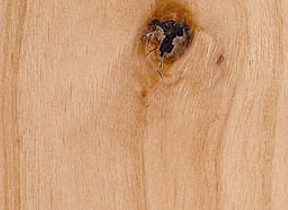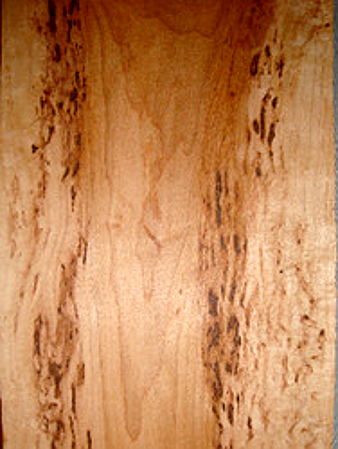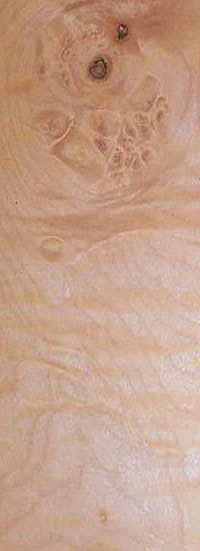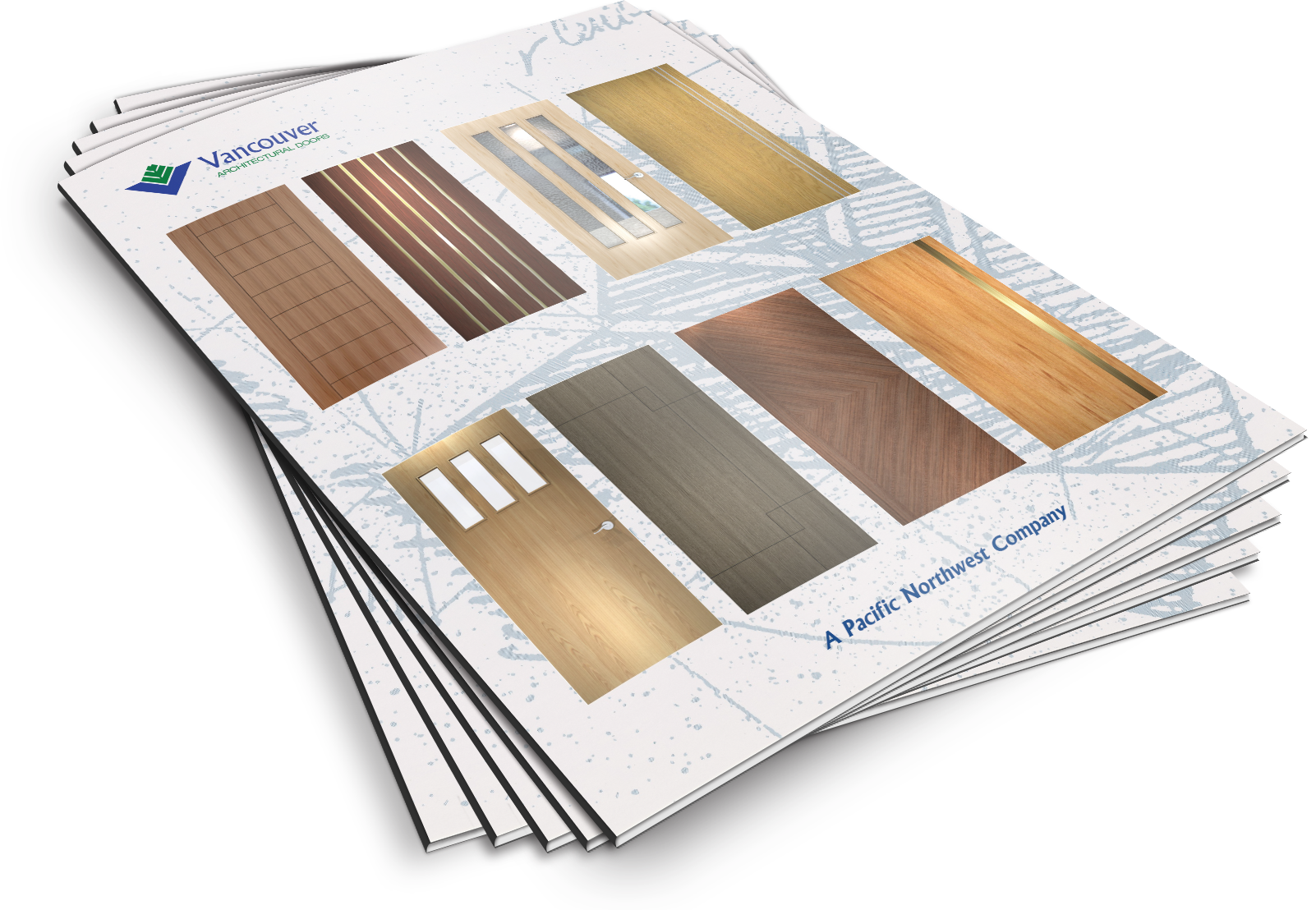Knots, Burls And Bark Pockets
Knots, Burls And Bark Pockets
Knots
The singular reason why a tree produces foliage is to maximize its production of chlorophyll. This is achieved by branching out into limbs that develop foliage on their own. A branch is thus a smaller version of the trunk, replete with development of growth rings and an outer bark. The younger limbs that grow later have more access to sunlight than the older ones below which eventually die off. This process is more obvious in a dense forest where there is competition among the many trees for getting the maximum amount of sunlight. Such trees are usually taller and have only a few limbs on the main trunk.
With passage of time and increased girth, the tree completely encases the dead limb. It is observed that the growth rings around the region of these limbs are usually distorted. Such distortions at the originations of the limbs of the tree end up being completely encased by the growing thickness of the tree and eventually fade out.
During veneer processing, there are not many knots in the outermost regions and the wood is healthy in appearance. However, deeper peeling exposes more defects than at the surface. Bark pockets and decaying wood are sometimes encountered. Decayed material that may have been a limb of the tree may fall out of the pockets. As the knife cuts through to the deeper layers, closer to the center (pith) of the log, the wood tends to become tighter.
On the veneer, the dead limb appears as a knot. Whereas the knot appears round when the knife almost cuts it at a right angle, the knot is spiked if the cut is radial or parallel to the limb. An open knot, on the other hand, contains no limb material at all, sometimes all the way up to the limb’s borders. Limb material may fall out of a solid knot that may be cracked. A sound knot contains limb material that remains attached to the wood and does not fall away on cutting. Pin knots are small in size and are formed when smaller limbs push out and grow near the larger limbs that may no longer be present. It is also a fact that any tree that has been cut always has its share of limbs that are living. They may not have any encased bark. Any tree knot’s size is dependent on the age of the limb (if it was still alive at the time of cutting or its time of death depending on its position inside the log).
Bark Pockets
Bark pockets is an important topic that is to be discussed in the context of veneer grades. Barks that have grown to enclose limbs which may have died because of reasons such as pruning, disease, or damage, are further enclosed by wood when the growth rings develop on the main trunk of the tree. These form bark pockets. The shape of the bark pocket may be elliptical, round or crescent shaped, depending on the direction in which the knife cuts the bark. Bark pockets on the main tree trunk occur if the stem suffers damage and, over time, this gets encased by sound wood. Such bark pockets are straight and their size is usually dependent on the amount of damage that has been suffered.
Burls
Burls (sometimes referred to as burrs) occur in wood as a result of natural pruning of larger limbs or their death due to injury of some sort. Burls are seen to occur when, by chance, new buds develop at spots close to the dead limb. Sometimes, the overgrowth of unruly wood present in these areas may incidentally encase other smaller buds and limbs that may have grown close by. Burls’ sizes may vary from very small to several feet in size depending on the species and other factors. In veneers, a burl’s appearance is very similar to that of a knot, but for the difference that there appear many smaller knots as a cluster near a burl. In red oak, the appearance of the grain around the burl is heavily distorted and there may be a cluster of smaller burls close by without any focal point. However, the distinguishing characteristic is the presence of grain that is twirled out, bearing the same hue as the wood that surrounds it.
Burrs are commonly related to abnormal limbs and buds that venture to grow on the main stem of the tree. The burrs’ appearance is different in that the grain is tightly gnarled in circles and their colors are contrasted inside a circle. Burrs, regardless of their size, may be considered as either very valuable or worthless depending on their appearance. When the appearance is not so attractive, they are not considered favorable; woodworkers strive to cut large burls that are attractive in appearance over a full sheet of wood. In such cases, it adds to the value of the veneer.






